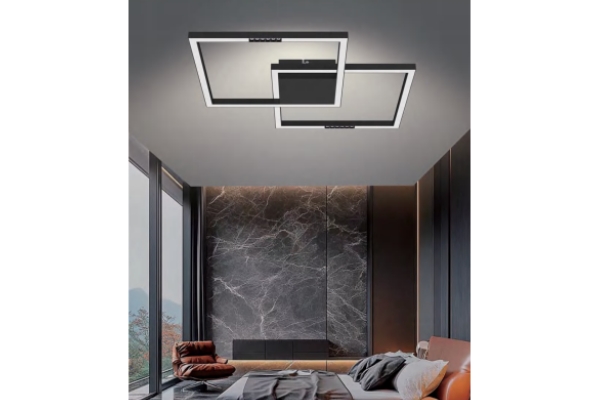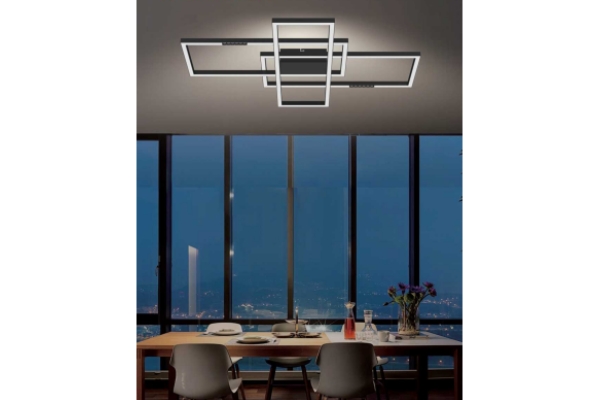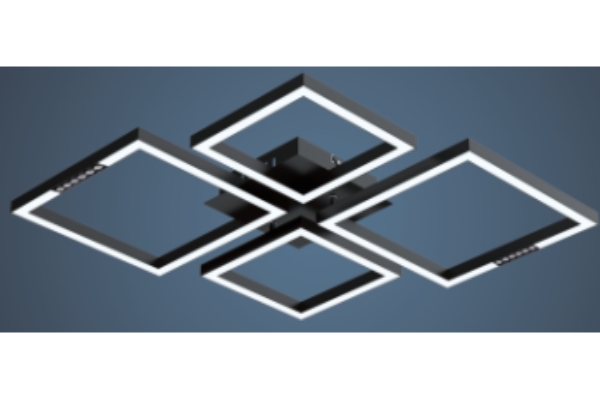Compared with traditional desk lamps, what are the specific improvements in energy-saving efficiency of LED table lamps?
Release Time : 2024-12-26
As an outstanding representative of modern lighting technology, LED table lamps have achieved significant improvements in energy-saving efficiency compared with traditional desk lamps. This improvement is not only reflected in the consumption of electricity, but also brings many advantages in environmental protection and long-term use costs.
First of all, the core advantage of LED table lamps lies in their efficient energy conversion rate. LED is a semiconductor light-emitting device that can directly convert electrical energy into light energy, while traditional desk lamps mainly rely on incandescent or fluorescent lamp technology, which will generate a lot of heat energy during the energy conversion process, resulting in low energy efficiency. In contrast, the energy conversion rate of LED table lamps can be as high as 80%, which means that under the same lighting effect, the energy consumed by LED table lamps is much lower than that of traditional desk lamps.
Secondly, the energy-saving effect of LED table lamps is also reflected in their long life. The life of LED light sources can usually reach tens of thousands of hours, which is dozens of times that of traditional desk lamp bulbs. This means that in the long-term use process, LED table lamps not only reduce the frequency of bulb replacement, but also further reduce energy consumption and replacement costs.
In addition, LED table lamps are energy-saving and have excellent light adjustment capabilities. Users can adjust the brightness and color temperature of LED table lamps according to actual needs to achieve the best lighting effect. This flexibility not only improves the comfort of lighting, but also further saves electricity.
From an environmental perspective, the energy-saving efficiency of LED table lamps also has a positive impact. Since LED light sources do not contain harmful substances such as mercury, and waste can be recycled, they have less impact on the environment during use and disposal. In contrast, traditional table lamp bulbs may cause pollution to the environment when they are discarded.
In summary, LED table lamps have achieved significant improvements in energy-saving efficiency compared to traditional table lamps. This improvement not only reduces electricity consumption and long-term use costs, but also brings the dual advantages of environmental protection and lighting comfort. With the continuous advancement of technology and the increasing application, LED table lamps will become the mainstream product in the future lighting field.
First of all, the core advantage of LED table lamps lies in their efficient energy conversion rate. LED is a semiconductor light-emitting device that can directly convert electrical energy into light energy, while traditional desk lamps mainly rely on incandescent or fluorescent lamp technology, which will generate a lot of heat energy during the energy conversion process, resulting in low energy efficiency. In contrast, the energy conversion rate of LED table lamps can be as high as 80%, which means that under the same lighting effect, the energy consumed by LED table lamps is much lower than that of traditional desk lamps.
Secondly, the energy-saving effect of LED table lamps is also reflected in their long life. The life of LED light sources can usually reach tens of thousands of hours, which is dozens of times that of traditional desk lamp bulbs. This means that in the long-term use process, LED table lamps not only reduce the frequency of bulb replacement, but also further reduce energy consumption and replacement costs.
In addition, LED table lamps are energy-saving and have excellent light adjustment capabilities. Users can adjust the brightness and color temperature of LED table lamps according to actual needs to achieve the best lighting effect. This flexibility not only improves the comfort of lighting, but also further saves electricity.
From an environmental perspective, the energy-saving efficiency of LED table lamps also has a positive impact. Since LED light sources do not contain harmful substances such as mercury, and waste can be recycled, they have less impact on the environment during use and disposal. In contrast, traditional table lamp bulbs may cause pollution to the environment when they are discarded.
In summary, LED table lamps have achieved significant improvements in energy-saving efficiency compared to traditional table lamps. This improvement not only reduces electricity consumption and long-term use costs, but also brings the dual advantages of environmental protection and lighting comfort. With the continuous advancement of technology and the increasing application, LED table lamps will become the mainstream product in the future lighting field.







